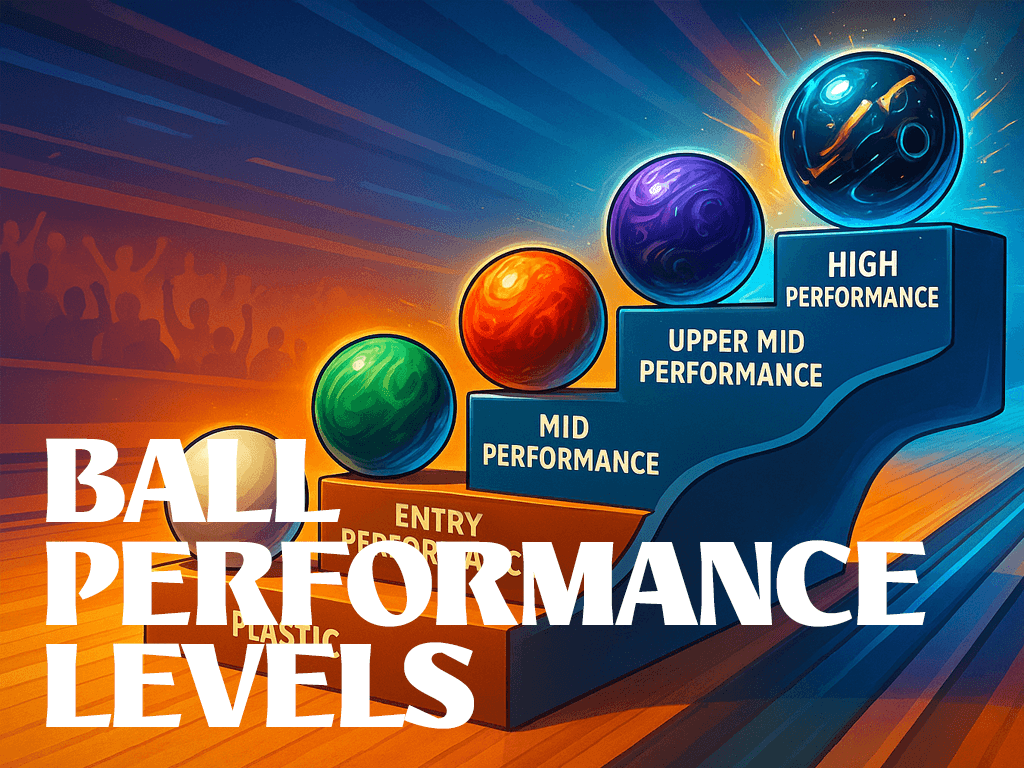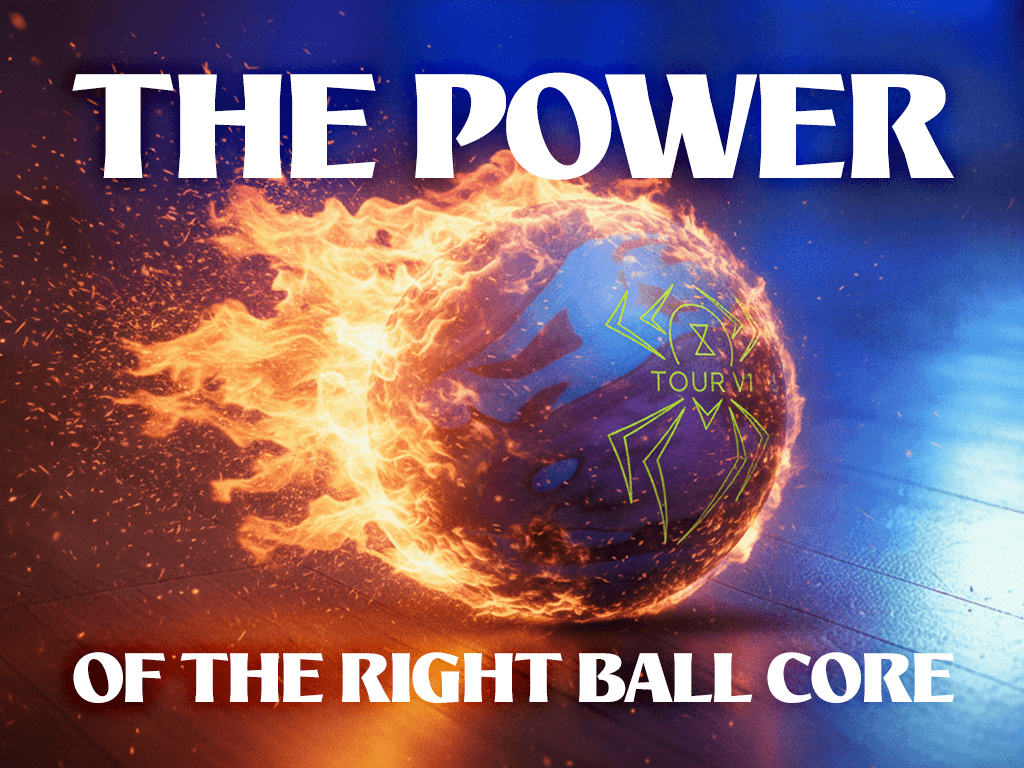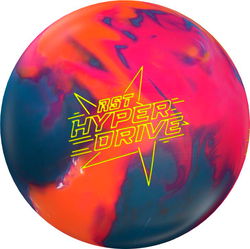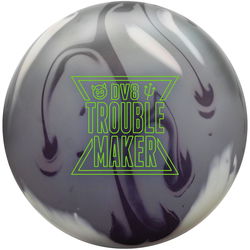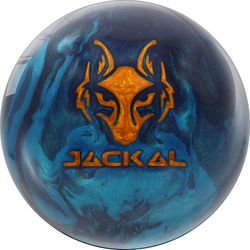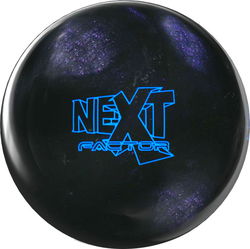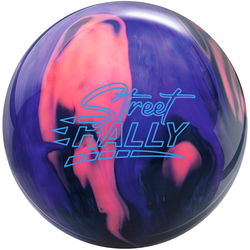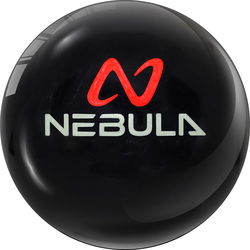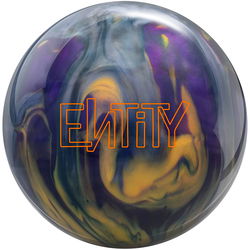Learning About Bowling Balls: Coverstock
Posted Jun 19, 2024 In: Bowling Ball Knowledge | Bowling Balls | Bowling Knowledge | Bowling Technology | Bowling TermsBy Bowling.com
For serious bowlers looking to up their game, understanding the coverstock used on a bowling ball is essential. The coverstock refers to the outer shell material and finish that surrounds the ball's core. This has a major impact on how the ball grips the lane, its hook potential, and overall motion characteristics.

Hybrid Reactive coverstocks use a combination of solid reactive materials blended with other components like plastic or urethane. This provides a unique motion that is smooth off the friction with a strong backend hook when the ball encounters oil. Hybrid coverstocks are very popular with tweener style players looking for controlled ball motion.
Pearl Reactive coverstocks use an inner-ceramic outer core material with microscopic pores that grip the lane to increase hook potential dramatically. These balls tend to be very aggressive, making them a great choice for power players and those with high rev rates seeking maximum backend. For average rev rates, pearls can go too long if not laid out properly.
Plastic coverstocks, usually made of polyester, provide maximum traction in the oil and almost no hook off the dry portions of the lane. This predictable motion with minimal deflection makes plastic balls a great option for young players, seniors, and very straight ball trajectories.
Reactive Resin coverstocks are made from solid reactive materials that are finished with a dull sanded surface. This provides more traction and hooking action compared to plastic balls, while maintaining an earlier and smoother arcing motion compared to pearls. Reactive balls match up well for a wide range of playing styles.
Urethane coverstock balls have very high traction in the oil due to their porous urethane compound makeup. This leads to strong midlane reading and a smooth arcing motion that handles heavy oil very well. However, urethane offers less total hook compared to reactive balls, making them ideal for medium conditions and players preferring a polished trajectory.
Urethane Pearl bowling balls combine the grit and traction of urethane materials with a pearl outer layer to significantly boost backend hooking action after the midlane. This hybrid construction allows angles to open up off drier boards for players that want to swing it while still having a strong smooth shape downlane.
High-Performance Balls ON SALE
Once you grab a coupon check out the awesome deals above! We have all the bowling gear you're looking for at the kind of deals that make it easy to upgrade.

